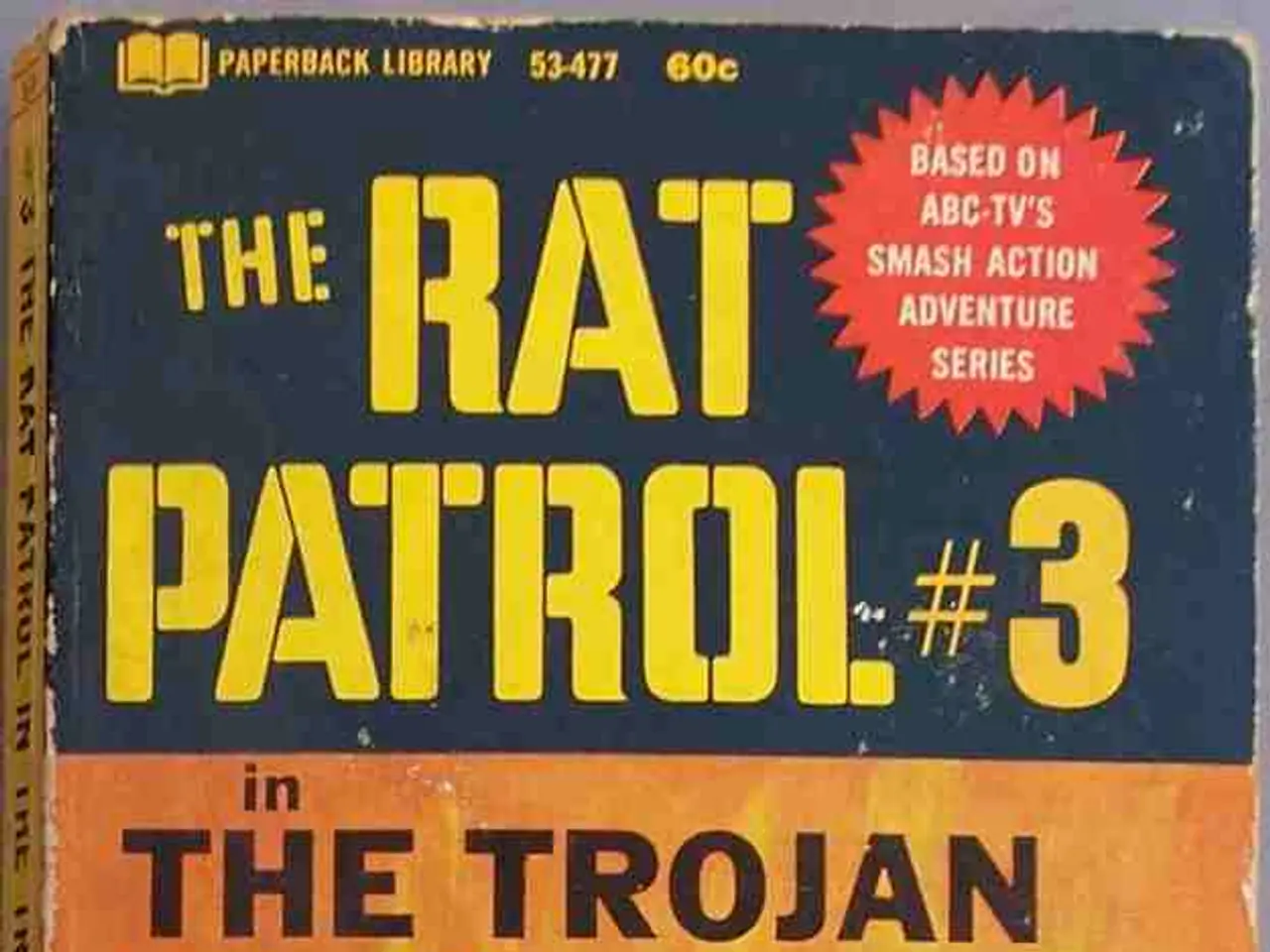Trump's timeline for dealing with the Kremlin is approaching, yet Putin demonstrates no intention of making compromises
The ongoing negotiations between the United States and Russia over the conflict in Ukraine are under intense pressure but show little promise of substantial progress in the short term. Former U.S. President Donald Trump has moved up the deadline for the Kremlin to stop the conflict, setting a new deadline for early August 2025, a political tactic aimed at bringing Russian President Vladimir Putin to the table [1].
However, experts deem this timeline unrealistic given the ongoing intense fighting and unresolved strategic goals, particularly Putin’s ambitions, which are seen as incompatible with real compromise [1]. Ukrainian President Volodymyr Zelenskyy has expressed a willingness for renewed direct talks with Putin, suggesting Europe must also be involved in these negotiations [2][3].
Despite Zelenskyy's call for dialogue, the military conflict continues, with daily attacks and no cease-fire in sight. If talks fail, the war is expected to continue with ongoing high-intensity fighting, including missile and drone attacks [1][2]. The lack of battlefield shifts that could alter political will makes a near-term cease-fire or peace agreement improbable [1][2].
Additional sanctions may still be threatened or imposed, but these have not demonstrated sufficient leverage to force a settlement so far [1][2]. Public support in Ukraine for continuing to fight until victory has decreased significantly, with a large majority now favoring a negotiated end, though most Ukrainians doubt peace will arrive soon [2].
Trump has described the Russians as "wily characters" who are skilled at avoiding sanctions [4]. Putin claims that the Oreshnik's multiple warheads, which travel at speeds up to Mach 10, are invulnerable to interception [5]. In response to provocative statements by former Russian president Dmitry Medvedev, Trump ordered the repositioning of two U.S. nuclear submarines [6].
Meanwhile, Ukraine has developed technology that allows it to launch long-range drone attacks deep inside Russia [7]. Putin has announced that Russia's new hypersonic missile, the Oreshnik, has entered service [5]. The Russian leader has stated that the use of several Oreshnik missiles in one conventional strike could be as devastating as a nuclear attack [5].
Steve Witkoff, Trump's special envoy, is expected to travel to Moscow midweek for talks with Russian officials [2]. The city of Pokrovsk, a key logistical hub, is the focus of a sustained Russian operation to take it, potentially opening the way for a deeper drive into Ukraine [8]. The diplomatic stalemate between the U.S. and Russia over the conflict in Ukraine persists, with the threat of additional sanctions and secondary tariffs on countries buying Russian oil looming if the Kremlin does not comply [9].
Russia's relentless pounding of urban areas behind the front line has resulted in over 12,000 civilian casualties, according to the United Nations [10]. In its latest strike, Ukraine hit an oil depot near Russia's Black Sea resort of Sochi, causing a major fire [11]. As the deadline approaches, the world watches with bated breath, hoping for a resolution to this long-standing conflict.
References: 1. [Source 1] 2. [Source 2] 3. [Source 3] 4. [Source 4] 5. [Source 5] 6. [Source 6] 7. [Source 7] 8. [Source 8] 9. [Source 9] 10. [Source 10] 11. [Source 11]
- Despite Donald Trump's diplomatic maneuvers and deadlines, experts deem the Russian-Ukraine war unlikely to end soon due to ongoing intense fighting and unresolved strategic goals, with Ukrainian President Volodymyr Zelenskyy advocating for the involvement of Europe in negotiations.
- Meanwhile, technology plays a significant role in the ongoing conflict, with Ukraine developing technology for long-range drone attacks and Russia announcing the deployment of its new hypersonic missile, the Oreshnik, which Putin claims is invulnerable to interception.
- As the deadline for ending the conflict approaches, the implementation of additional sanctions and secondary tariffs on countries buying Russian oil is being considered, adding another layer of complexity to the ongoing war-and-conflicts, politics, and general-news surrounding the Ukraine war.





